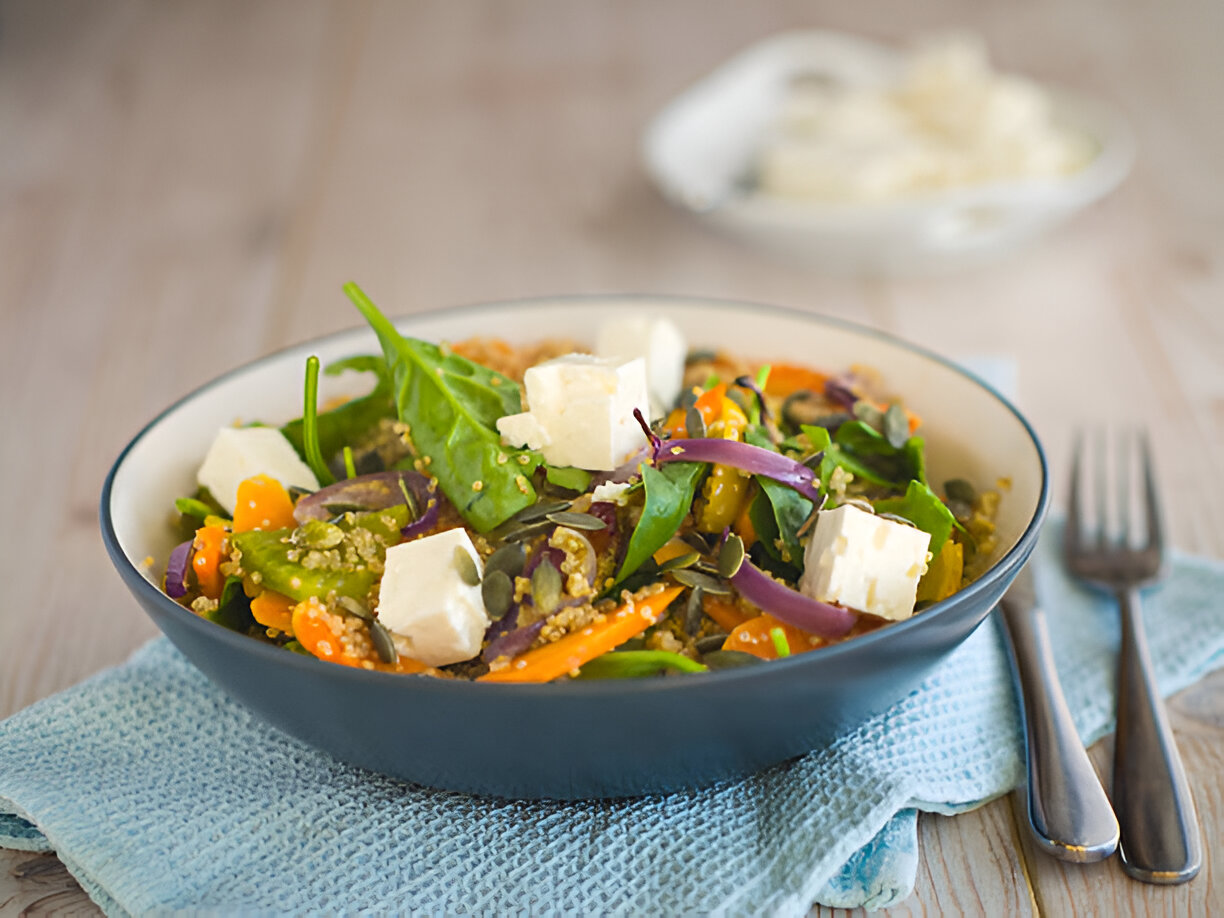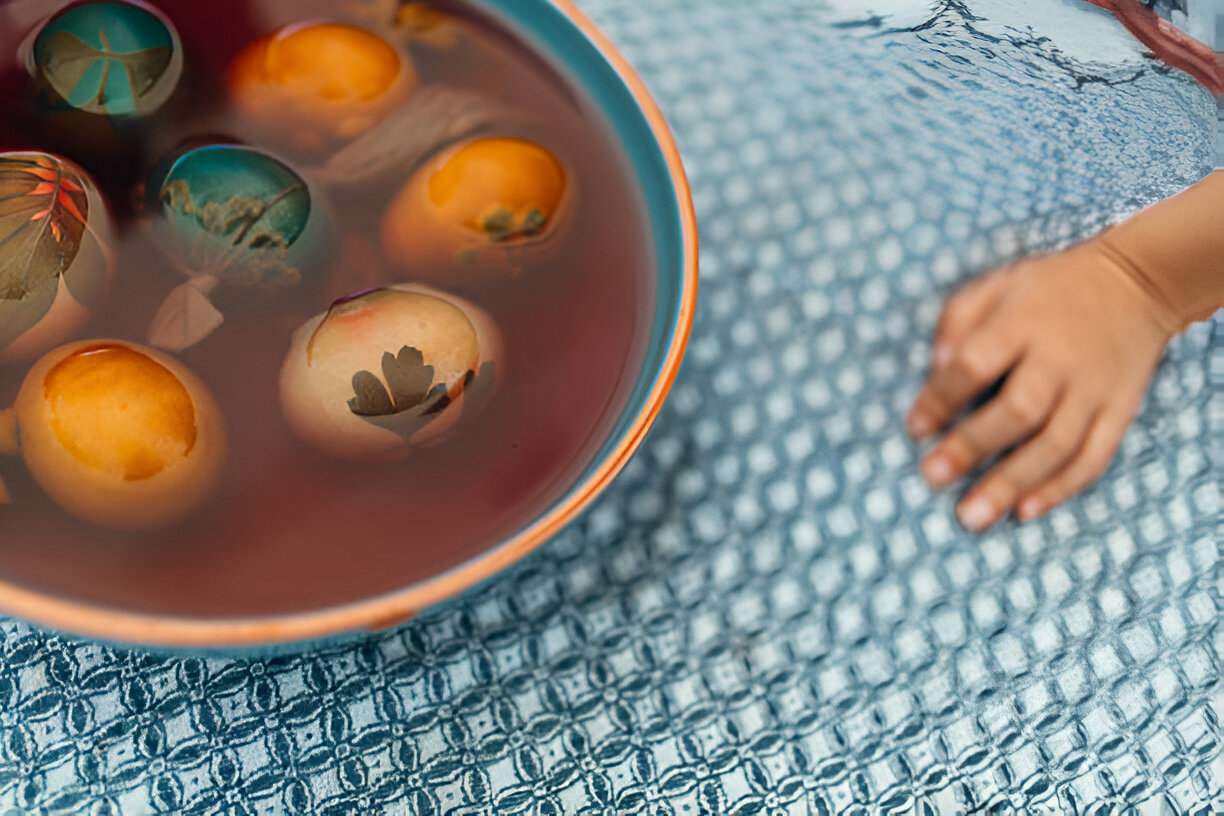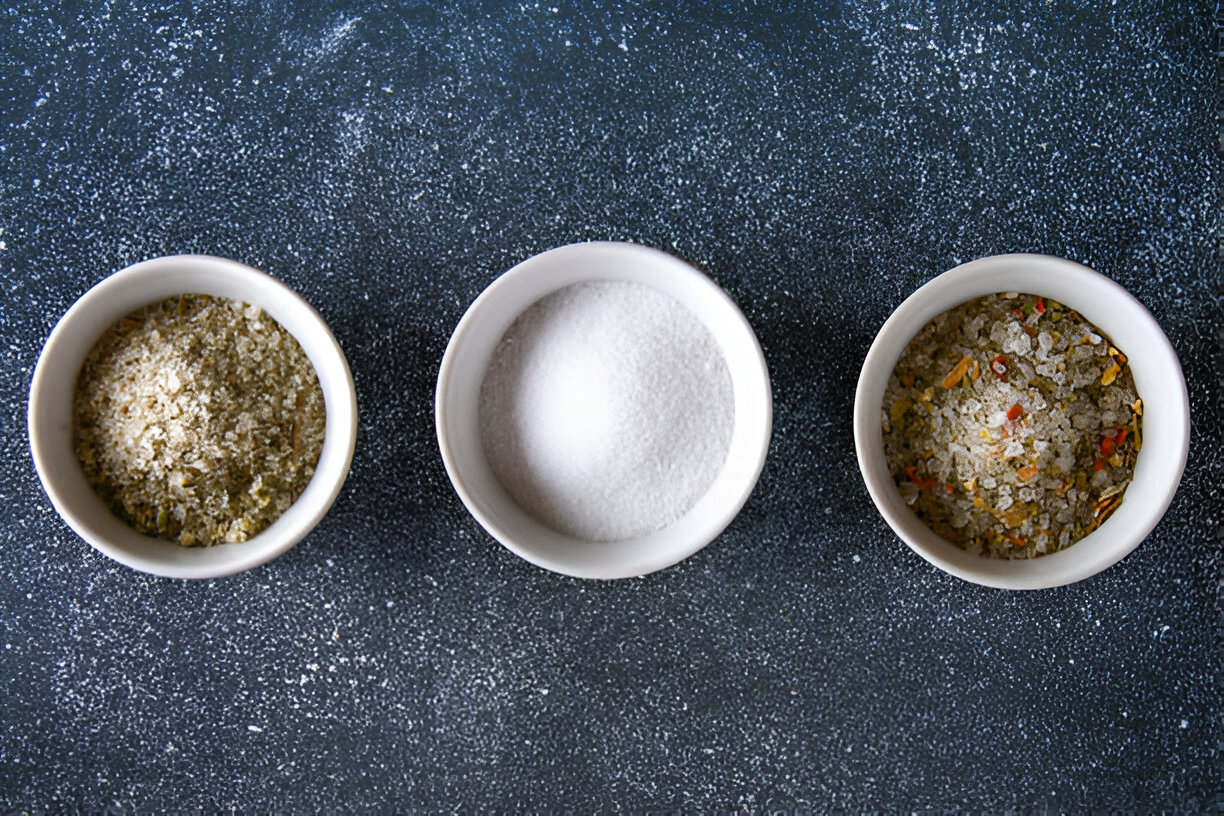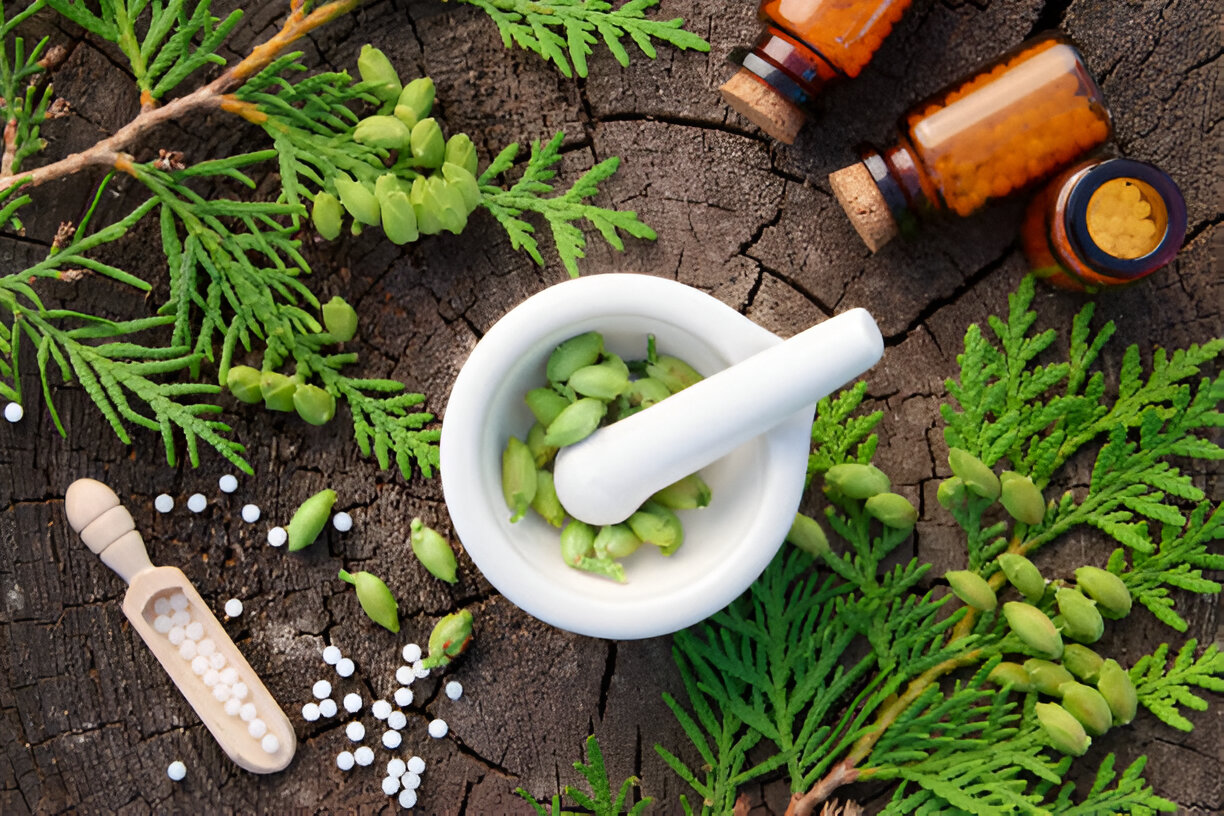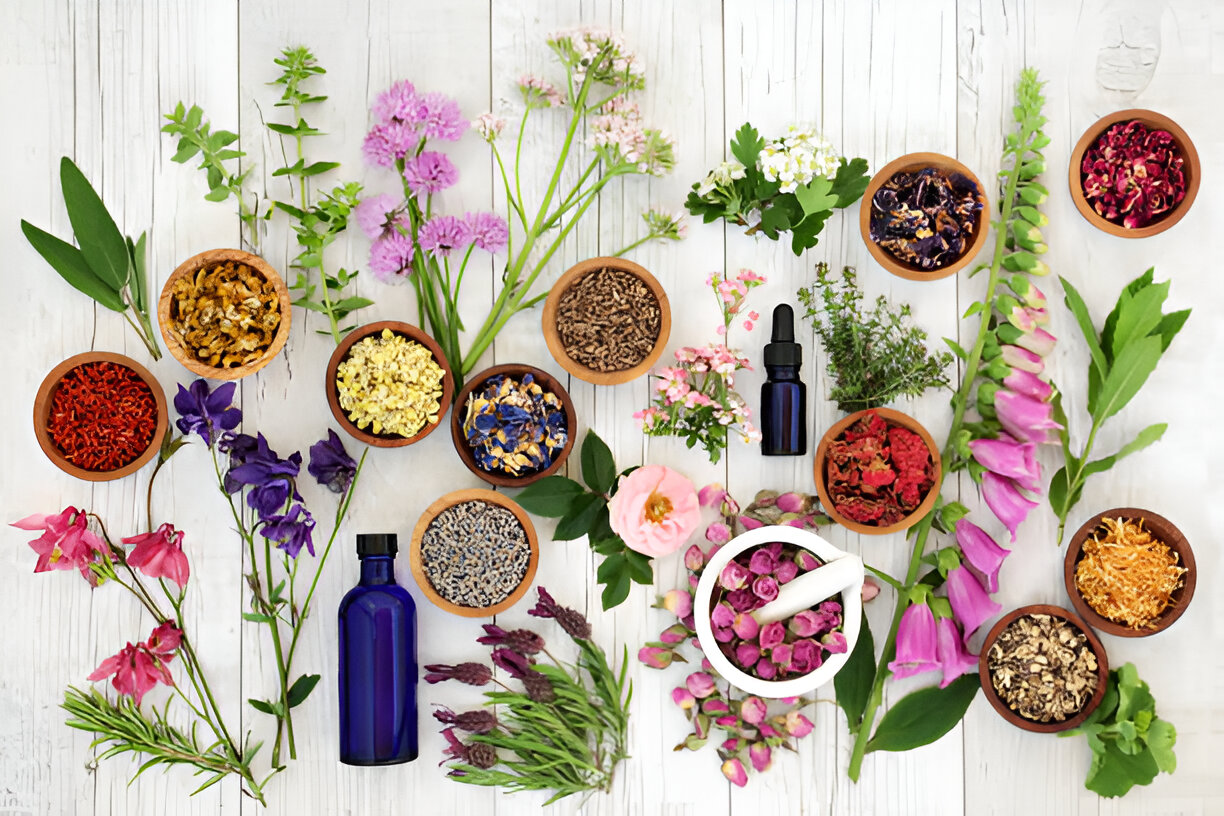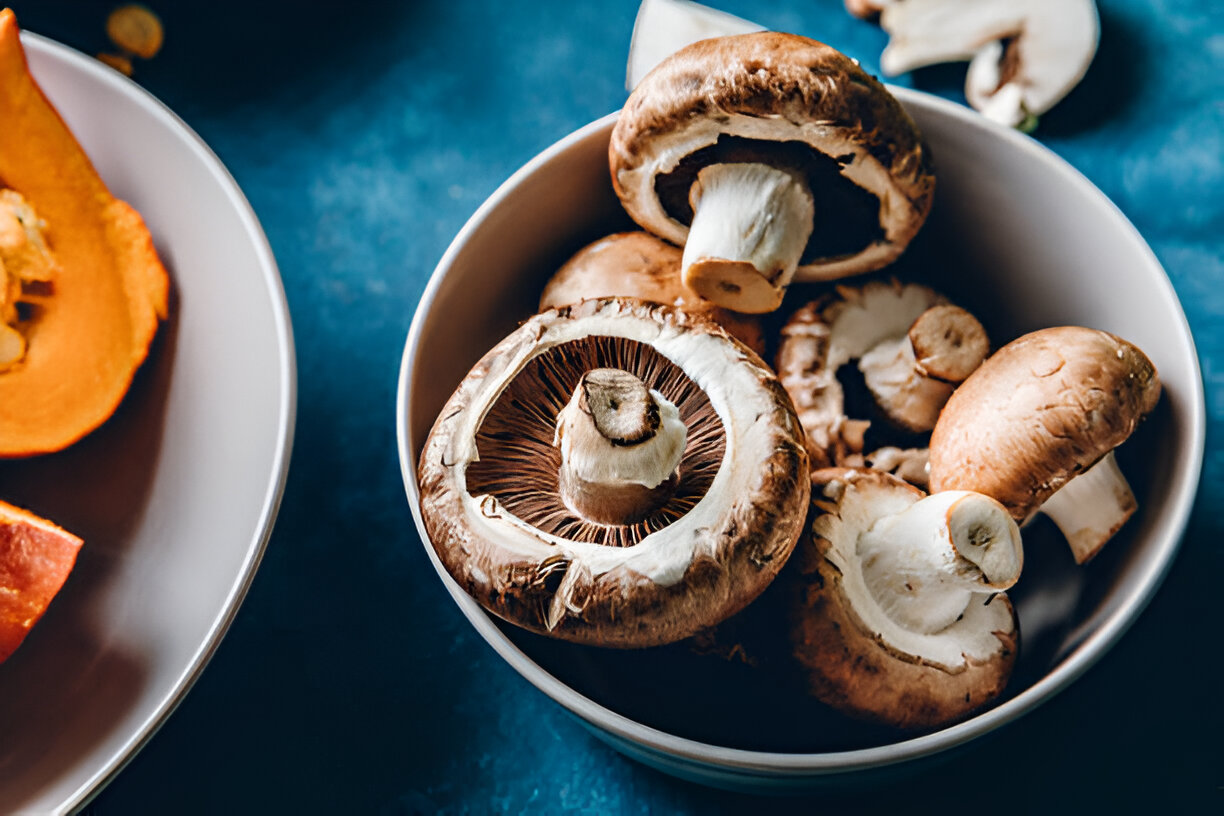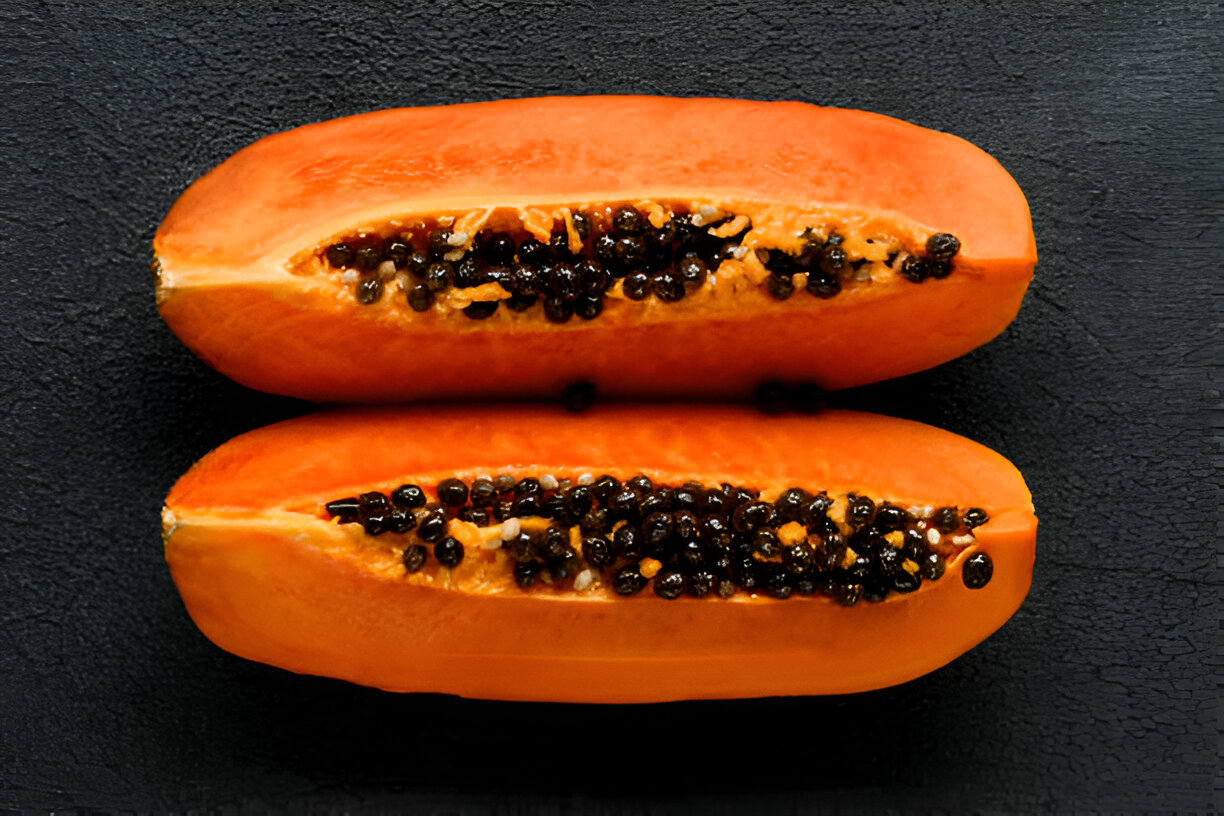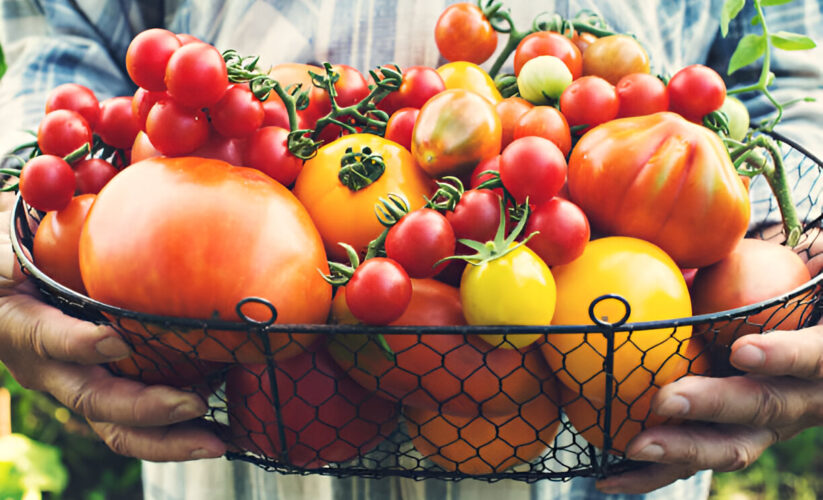
Health Benefits
With so many varieties out there, it's hard to pinpoint what each one brings to the table, nutritionally speaking. What we do know is that tomatoes in general provide iron, potassium, fiber, a host of B vitamins, and quercetin, a phytochemical that may reduce types of cancer as well as protect against heart and degenerative eye diseases.
The tomato's biggest selling point, though, hinges on the presence of lycopene. This carotenoid, responsible for the fruit's bright red and orange colors, is associated with lower risk of both macular degeneration and several types of cancers, including prostate, cervical, skin, breast, and lung. Lycopene may also help lower the risk of coronary artery disease and, along with tomatoes' vitamin C content, stimulate the immune system.
If it's lycopene you're after, know that cooked tomatoes contain two to eight times more than raw. That's because cooking makes this nutrient more available to the body. While red tomatoes have more lycopene than orange ones, an Ohio State University study revealed an interesting fact: The lycopene in the orange-hued varieties (when cooked down) is better absorbed by the body. That's all the more reason to stock up on orange heirlooms like Orange Oxheart and Moonglow.
On top of the health perks, eating heirlooms benefits the environment. Heirloom farmers tend to grow organically, so you're more likely to support a sustainable agricultural process, while also keeping pesticides out of your diet. According to organizations like Slow Food USA and Seed Savers Exchange, the cultivation of these seeds is one of the best ways to preserve a crop's natural diversity.
How to Buy
Try a few at the farmers' market to see which kind you like best. Cherokee Purples, for example, have a sweet, smoky flavor, while Brandywines are more intense, with a rich, traditional tomato taste. Regardless of the kind, look for plump tomatoes without bruises or decay. Heirlooms are more susceptible to cracking, but as long as the cracks are healed (meaning you can't see the flesh), the blemish won't affect taste or safety. Once home, store on the counter — not in the refrigerator — for a day or two.
Cooking Tips
Since lycopene is fat-soluble, make sure you eat the raw tomatoes with a little fat. Olive oil is a traditional choice; also try fresh mozzarella or another favorite cheese.
Do You Know?
Although there's no exact age cutoff, the consensus is that seed lines must be at least 50 to qualify as heirloom. Age aside, true heirlooms are open-pollinated. They produce seeds that resemble the parent plant, whereas seeds from hybrids are genetically unpredictable.
Nutrition Breakdown
Per 1 large red tomato (raw), approximately 182 grams
Calories: 33 kcal
Fat: 0.4 g
Fiber: 2.2 g = 9 percent* of DRI**
Folate: 27 mcg = 7 percent of DRI
Iron: 0.5 mg = 3 percent of DRI
Lycopene: 4,683 mcg
* Percentages are for women 31 to 50 who are not pregnant
** DRI, Dietary Reference Intake, is based on National Academy of Sciences' Dietary Reference Intakes, 1997 to 2004





